This article is part of a series examining the use of the swastika worldwide. With this project, we will once and for all demonstrate that the swastika is a world-wide symbol to which Neo-Nazis and other tribalists have no claim.
As of writing this article, I have only been able to find one example of the swastika possibly used as an indigenous symbol in Oceania. This doesn't necessarily mean that more don't exist. It could easily be the case that records are simply lacking.
Beginning around 3000-1000 BC, seafaring Austronesian agriculturalists left Taiwan and spread throughout the Pacific Ocean. This ancient population was in contact with the agricultural societies in mainland China. The Majiayao culture (~3300-2000 BC) in mainland China used swastikas, so it is within the realm of possibility that the ancient Austronesians had knowledge of the swastika by the time they began their voyages. Meanwhile, in the highlands of Papua, agriculture was present as early as 9000 years ago. Considering that the swastika arose independently in multiple agricultural societies throughout the globe, it may have arisen here as well, although we do not yet have evidence.
Since we have not yet found examples of ancient swastikas in this region, this article lists a number of swastikas that have appeared in the region over the past ~150 years.
From the 1870s-1930s, Western nations gained an interest in the swastika following the rediscovery of Troy. During this time period, the swastika was frequently used as a generic geometric ornament in Western architecture (including their colonial possessions throughout Oceania). During this same time period, Chinese and Japanese immigrants brought the swastika with them to areas such as Hawaii. In addition, the British Empire's Indian indenture system brought Indian slaves to areas such as Fiji, where they brought the swastika with them.
If you know of any additional examples of swastikas being used in Oceania (excluding things like graffiti), please post on this article's discussion page:
https://aryan-anthropology.blogspot.com/2023/11/swastikas-in-oceania-discussion-post.html
To return to the index of swastika articles, click here.
For the purposes of this article, the following areas are examined. "Melanesia", Polynesia", and "Micronesia" are Eurocentric and outdated terms, but we unfortunately use these for convenience.
Table of Contents
1. Swastikas in Melanesia
Swastikas in Indonesia
Swastikas in West Papua province
Sentani culture
Papuan man with two swastikas painted on his chest at the Lake Sentani Festival, Sentani, Indonesia. The Sentani people inhabit a small area surrounding Lake Sentani. It is unclear if the swastika is commonly used in this region, as other festival participants don't seem to display swastikas.

Photos uploaded by Flickr user Michael Thirnbeck, June 23, 2009.
https://www.flickr.com/photos/thirnbeck/3667019871/
https://www.flickr.com/photos/thirnbeck/3667018821/
Maluku province
Oskar Speck expedition, Kai Besar, Maluku Islands
Oskar Speck was a German sailor who kayaked from Germany to Australia from 1932 to 1939. In late 1936 he had arrived in Indonesia. While in Batavia (Jakarta), Speck was given a large pennant with a swastika—which he appears to have flown for the rest of his journey. It appears that he also had an actual sail with a swastika on it. From 1938 to 1939 he completed the last leg of the voyage around Papua and to Australia. Upon arriving in Australia he was arrested and sent to a concentration camp until the end of WWII, even though he was sailing on a personal journey.
An article by Vanity Fair describes his voyage:[1]
"Stalled, Speck ran into serious money problems again—and, inexplicably, trouble with the Dutch. The Dutch government began treating him more like a pariah than a heroic adventurer. Having accepted him as a humanitarian case and paid his passage to the hospital, the Dutch now refused to pay his way back to his kayak. Worse, they refused to allow Speck to continue his trip along the south coast of Dutch New Guinea, claiming they could not guarantee his safety.
[...]
In October of 1938, exactly a year after the attack, he set out again. Even with strong winds at his back, the crossing to New Guinea took 34 hours. At the end Speck again had to pry his hands off the paddle before collapsing on a deserted beach in fatigue. He awoke, disoriented, not sure how long he had been asleep or where precisely he was."
The article seems to suggest much of his photos and films were taken during the last leg of the voyage around Papua New Guinea.
"The mail had saved Speck’s cameras from the pawnshop, and now they produced one of his trip’s great legacies—the 16-mm. films he took of Papuan tribal dances and naked boys spearfishing. Many of the scenes are from New Britain, an island just east of New Guinea, where the strange traveler was hailed as a white god with a sorcerer’s magic.
[...]
We are standing on the beach at Saibai Island with Sageri Elu, a handsome Melanesian who thinks he is about 75 now, not sure, but that’s got to be close. Saibai Island is not much to look at—its highest point reaches not even nine feet above sea level. But it is the northernmost piece of land in Australia. At eight A.M. it already is hot enough for the sun to create air rivulets that cause the green mangroves on the other side to dance like a mirage. “Three clicks,” Sageri says—three kilometers across the Torres Strait from his home on Saibai Island to the mangrove forests of Papua New Guinea.
The tide is at slack low as we talk, encircling Sageri’s lifelong home in a 100-yard stretch of gooey, black mud. The old man is the only one left who still remembers the German’s arrival. “In those days we communicated by the coconut wireless, one man shouting to the next man, ‘Tell that bloke . . . ,’ who shouted to the next man, ‘Tell that bloke . . . ,’ and the word would get around the island in minutes. So a crowd was here.”
Speck came ashore at high tide. One of his many sailing pennants flew from the bow—his country’s new national flag, a swastika, the gift of Herr Trautmann. Only a boy, Sageri was frightened. He had never seen a white man come across the water. It didn’t make him feel more secure that the white man didn’t appear frightened at all. Forty or 50 silent Melanesian natives watched him approach. So did three more conspicuous men—Australian policemen in long, red-striped pants pressed to a razor edge, starched shirts, and bush hats pinned up on one side. They strode forward to shake his hand. “Congratulations on an incredible achievement, Herr Speck,” one said. “I regret to inform you that you are under arrest.”"
Speck's photos are kept in the Australian National Maritime Museum.
https://collections.sea.museum/search/oskar%20speck/objects/images
"This collection of 371 photographs and negatives were taken and collected by Oskar Speck during his incredible seven year kayaking voyage from Germany to Australia in the 1930s."
https://collections.sea.museum/objects/9494/photographs-and-negatives-collected-by-oskar-speck
According to the museum archive, the following two photos were taken in 1937, likely on Kai Besar, an island of the Maluku Islands, Indonesia. The inhabitants of these islands are considered part of the "Melanesian" ethnic cluster.
Two people sitting in the front are holding signs which probably have the date and location of the photo, but the scans are too low quality to see what is written.

Object Number ANMS0545[155] in the collection of the Australian National Maritime Museum.
https://collections.sea.museum/objects/84494/oskar-speck-posing-next-to-his-kayak-sunnschien-and-a-group?ctx=13b3e346-6e3f-4eb2-a0a2-686249fc65f2&idx=2

Object Number ANMS0545[156] in the collection of the Australian National Maritime Museum.
https://collections.sea.museum/objects/84495/oskar-speck-posing-next-to-his-kayak-sunnschien-and-a-group?ctx=13b3e346-6e3f-4eb2-a0a2-686249fc65f2&idx=1
https://www.flickr.com/photos/anmm_thecommons/38932850444/in/photostream/

The Australian National Maritime Museum also has a photo of Speck's swastika pennant. Object Number 00040163.
https://collections.sea.museum/objects/132412/swastika-pennant?ctx=c2dc51ae-814d-4ddd-97f7-4b2605b28705&idx=579
Swastikas in Fiji
As a Hindu symbol
Over a quarter of Fiji's population is Hindu, due to the legacy of the British Empire's Indian indenture system.

A house in Nadi, Fiji. Presumably the owner is a Hindu.
Photos uploaded to the website Pro-Swastika, 2013.
https://web.archive.org/web/20180325030813/https://www.proswastika.org/news.php?extend.371.7
2. Swastikas in Micronesia
Swastikas in Northern Mariana Islands
As a Buddhist symbol
Over 10% of the population in the Northern Mariana Islands is Buddhist—the largest percentage in Oceania.
Although I have not yet found any photos, presumably the swastika is used on the island of Saipan (where the majority of the population of the Northern Mariana Islands live) in relation with Buddhist practices.
3. Swastikas in Polynesia
Swastikas in Aotearoa (New Zealand)
Ngā Hau E Whā performance group symbol
Ngā Hau E Whā is a cultural performance group formed in 1996 to celebrate Maori culture in Japan. The group's symbol consists of four koru (spirals) arranged in a swastika-like pattern. I don't know if their symbol is a customary Maori symbol, or if this a completely original symbol made by this group. The phrase "Ngā Hau E Whā" means four winds, and certain Native American cultures who use the swastika as a representation of the four winds may have been an inspiration, in addition to popularity of the swastika in Japan.
According to their old website:[2]
"Our logo consists of two parts.
The first part represents our name, the four winds. This is shown as 4 ‘koru’ or unfurling fern fronds, each frond depicts one of the four winds. The second part is the 'Hinomaru' or ‘Sun Disc’ which can be seen in the national flag of Japan.
In designing this logo we feel it reflects our identity here by unifying symbols from both New Zealand and Japan."
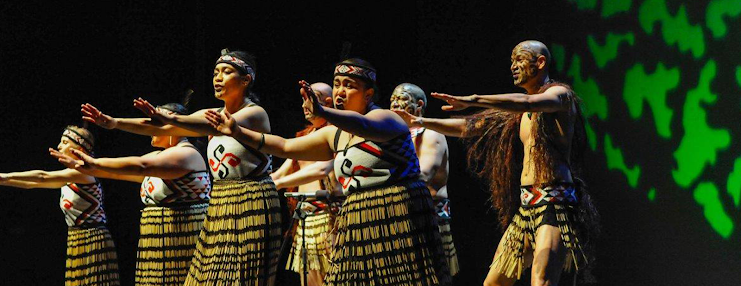
On their clothes, Ngā Hau E Whā wear a more simplified version of this swastika. Image can be seen on their website:
https://web.archive.org/web/20211218093939/http://ngahauewha.co/
***
Use in gang iconography
An unusual photography series reveals that some ethnic Maori individuals use National Socialist iconography (including the swastika) as a Countercultural symbol of rebellion and defiance—just as biker gangs in the US stereotypically use WWI/WWII-era German symbolism, and even Counterculture-era surfers[3] used the swastika.
Starting in 2007, Aotearoan photographer Jono Rotman began taking a series of portraits of members of the Mighty Mongrel Mob gang. Many individuals with customary Maori facial tattoos can be seen wearing stahlhelm helmets, SS lightning bolts, WWII medals, and swastika patches. As described on Rotman's website:[4]
"The Mighty Mongrel Mob of Aotearoa New Zealand are mythologised for extreme violence, and they have long been cast as the nation’s monsters. In layers of apparent contradictions, their icon is the British bulldog and they wear Nazi symbols, while their members are largely Māori. The Mongrel Mob’s symbols arose as both a goading response to a history of colonial subjugation of Māori, and a proclamation of loathing for the largely Pākehā (white, European) state."
The following photos can be seen on Rotman's website,[4] articles covering his photography series,[5] and photos of what are presumably his books.
https://jonorotman.com/MONGRELISM

Mighty Mongrel Mob member Greco Notorious, photographed by Jono Rotman. He has a Maori facial tattoo (tā moko) and is wearing 4 National Socialist German medals and buttons with swastikas.

Mighty Mongrel Mob member Breeze Notorious, photographed by Jono Rotman. Note the swastika patch in the bottom-left of the photo.

Mighty Mongrel Mob members, photographed by Jono Rotman, entitled "Notorious Snapshot 24". The man on the left is wearing a National Socialist swastika arm band.
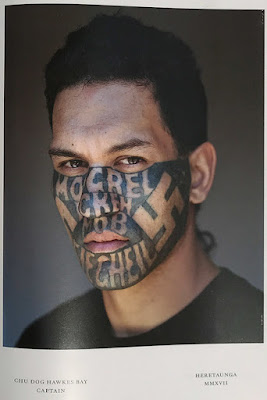
Mighty Mongrel Mob member Chu Dog, photographed by Jono Rotman. He has large swastika tattoos and "Sieg Heil" tattooed on his face.

Collage of photos found online. Presumably the man in the top-right was also photographed by Rotman. He also has large swastikas tattooed on his face.
***
Use as a Western architectural ornament
The Christchurch Cathedral has a large mosaic with swastikas, which was constructed in 1885 according to an informational plaque.
Christians had used the swastika as an alternate cross symbol from the beginnings of Christianity to at least the Middle Ages. This mosaic is likely a part of the 19th century revival of swastika use, rather than a continuous Christian custom.

Photo uploaded by Flickr user Sandro Menzel.
https://www.flickr.com/photos/smenzel/5484704693/
A plaque mentioning the construction date and some additional photos:
https://www.flickr.com/photos/thenewbritish/82033376/
https://www.flickr.com/photos/thenewbritish/82033373/
https://web.archive.org/web/20180325030753/https://www.proswastika.org/news.php?extend.214.7
***
Swastikas in an ornamental fret on the Hotel DeBrett in Auckland. The building was constructed in 1925.

Photos uploaded to the forum "StolenHistory" by user CyborgNinja, 2018.
https://stolenhistory.net/threads/swastikas-in-auckland-city-new-zealand.234/
Swastikas in Hawaii
As an influence from Chinese culture
The First Chinese Church of Christ in Honolulu, Hawaii, was built in 1929. Its pews have the wànzì (swastika) symbol on them.
I don't see any photos, but it is described on their website:[6]
"Donated by members of the church, the pews in the sanctuary depict the wan-zi, an ancient Chinese symbol of 10,000 years of eternal blessedness. Sadly, Hitler reversed this symbol and made it into his Nazi swastika."
The description about Hitler changing the swastika is incorrect, since ancient and recent Chinese cultures used left-facing, right-facing, and rotated swastikas. See here:
https://aryan-anthropology.blogspot.com/p/worlds-oldest-swastikas.html#Majiayao
***
The Alexander and Baldwin Building in Honolulu, Hawaii, was constructed in 1929. Its architectural design is said to be a mixture of Chinese, Hawaiian, and Western elements.
Above some of its columns, right-facing and left-facing swastikas can be seen within Chinese shòu motifs, which are used as lucky symbols for longevity. The ceiling also has a geometric pattern with swastikas, called 万字不到头 (wànzì bù dàotóu) in Chinese.
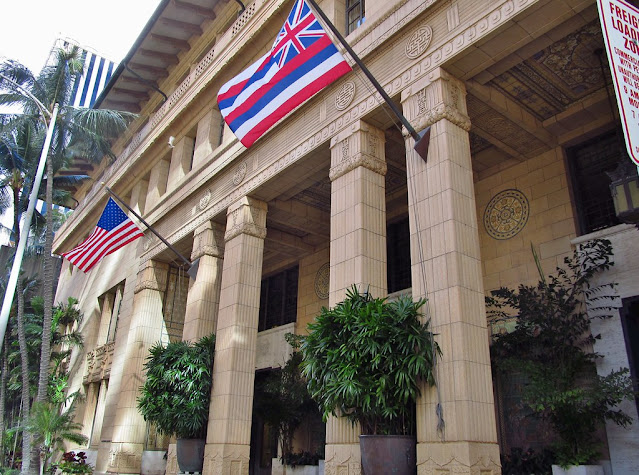
Photo of the Alexander and Baldwin Building, by Flickr user mytravelphotos, 2014.
https://www.flickr.com/photos/mytravelphotos/16769584148/

Detail of the swastikas on the shòu characters and wànzì bù dàotóu pattern on the Alexander and Baldwin Building.
4. Swastikas in Australia
As a Buddhist symbol
An incense burner with elephants, from the Nan Tien Temple near Wollongong, Australia. The temple began construction in 1992 and was completed in 1995.
https://en.wikipedia.org/wiki/Nan_Tien_Temple

Photo uploaded to Flickr by Vanessa Pike-Russell, 2006.
https://www.flickr.com/photos/lilcrabbygal/206441634/

Detail of the swastikas. Photo by Flickr user anandamb, 2010.
https://www.flickr.com/photos/anandamb/5299969383/
***
Use by Westerners
Old photo of the Commonwealth Bank, Pitt Street, in Sydney, Australia. The floor was installed around 1916 and the swastikas were likely removed in 1939.

Photo uploaded by Flickr user pellethepoet. See the Flickr link below for research they compiled on the building.
https://www.flickr.com/photos/pellethepoet/8490482599
***
Dymocks Building, Sydney, Australia. According to the building's website, the Dymocks company bought the property in 1922 and began construction of the building, which was completed in 1932. According to Wikipedia, these swastikas can be found near the elevators on every floor.
https://www.thedymocksbuilding.com.au/about-the-dymocks-building/
An informational plaque in the building says the swastikas were installed in the 1920s.
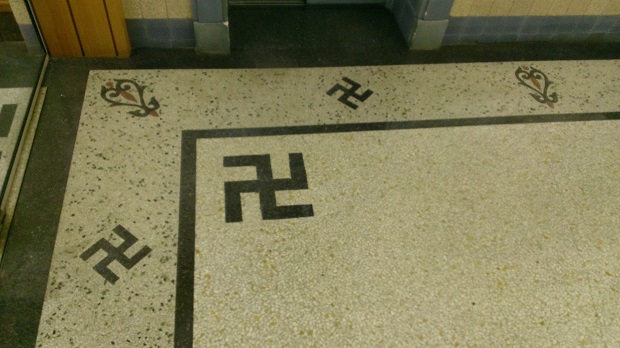
Photos of the Dymocks Building, Sydney, Australia. Uploaded on the website Pro-Swastika, 2013.
https://web.archive.org/web/20180325030823/https://www.proswastika.org/news.php?extend.385.7
***
Swastikas on the floor of the Customs House, Sydney. The building was constructed in 1845 and underwent a number of extensive renovations, the earliest being in 1885. The swastika floor was likely installed at some point between the 1880s and 1920s.
https://en.wikipedia.org/wiki/Customs_House%2C_Sydney#Modifications_and_dates

Customs House, Sydney. Photos uploaded to the website Pro-Swastika, 2013.
https://web.archive.org/web/20230603013934/https://www.proswastika.org/news.php?extend.383.7
***
Brisbane City Hall. The building began construction in 1920 and was completed in 1930. Swastikas can be seen on the floor of the entrance hall and on the walls of the bathroom.

Brisbane City Hall, Ann Street entrance hall. Photo by Wikipedia user Kgbo, 2020.
https://en.wikipedia.org/wiki/File:Brisbane_City_Hall_Ann_Street_entrance_hall,_Australia.jpg

Other photos of Brisbane City Hall were uploaded to the website Pro-Swastika, 2013.
https://web.archive.org/web/20210126085720/http://proswastika.org/news.php?extend.275.7
***
Swastika floor mosaic in the Prahran Town Hall. It is located within the greater Melbourne area in the Prahran neighborhood in the Stonnington local government area. The building was damaged by a fire and underwent rebuilding in 1914. The swastika flooring may have been added at this time.
http://vhd.heritage.vic.gov.au/places/result_detail/957?print=true&style=heritagevic
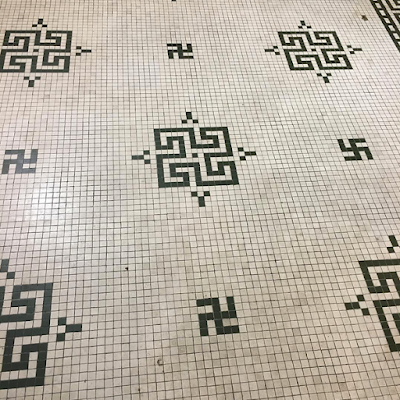
Left-facing and right-facing swastikas and tetraskelions in a floor mosaic at the Prahran Town Hall, Stonnington, Australia. Photo uploaded to the website SvastiCross, 2017.
https://web.archive.org/web/20231121164335/https://svasticross.blogspot.com/2017/10/swastika-federal-building.html
Another photo, uploaded to the Stonnington town website, 2018:
https://www.stonnington.vic.gov.au/files/assets/public/about/projects-and-works/prahran-town-hall/images/2018-gallery/prahran-town-hall-2018-06.jpeg
***

Description: "Chris & Steve took this foto in Australia - Melbourne - Frieze & Cornice, Villa Alba, 44 Walmer Street, Kew." Photo uploaded to the website SvastiCross, 2011.
https://web.archive.org/web/20231122001205/https://svasticross.blogspot.com/2011/02/swastika-frieze-cornice.html
***
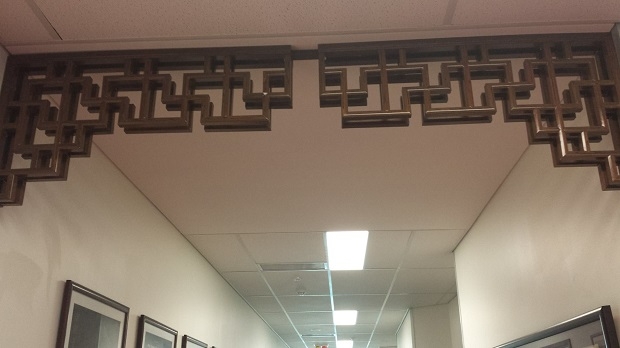
Decoration containing swastikas on the 2nd floor of the International Building of the Griffith University. Gold Coast, Australia.
Photo uploaded to the website Pro-Swastika, 2014.
https://web.archive.org/web/20200118111002/https://www.proswastika.org/news.php?extend.441.7
***
The swastika was used as an emblem on the sail of a yacht in Sydney, Australia. Flickr user nilhopkins says his grandfather was one of the people who had sailed on the boat, which was named Swastika.[7]
The Australian National Maritime Museum replied:[8]
"According to Robin Elliott's book 'Galloping Ghosts', SWASTIKA was built in 1913 by Charlie Dunn and the first skipper was C. Stewart'. The vessel raced with the SFS."

Swastika as a symbol on a sail during a yacht race, Sydney Harbor, Australia, c. 1915. Photo in the collection of the Australian National Maritime Museum. Object number 00010675.
https://www.flickr.com/photos/anmm_thecommons/8656353269/
There are a number of other photos of this boat in the collection, including:
Photo in the collection of the Australian National Maritime Museum. Object number 00010617.
https://www.flickr.com/photos/anmm_thecommons/8641136483/
Photo in the collection of the Australian National Maritime Museum. Object number 00002074.
https://www.flickr.com/photos/anmm_thecommons/7984239401/
***
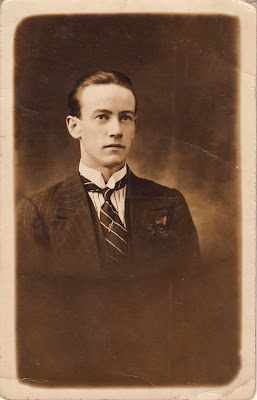
Photo of Walter Stewart by Eden Studios (c. 1910), Melbourne, Australia. He is wearing a swastika tie pin, placed diagonally so the swastika is rotated. Photo uploaded to Flickr by user pellethepoet, 2015.
https://www.flickr.com/photos/pellethepoet/22389892771
***
According to Wikipedia:
"During World War I, Australia's 3rd Division led by John Monash took the swastika as its group sign to be used as identifying marks on vehicles and other equipment.[225]"
[225] Monash, John (29 July 2015). War Letters of General Monash. Black Inc. p. 236. ISBN 978-1-86395-744-1.
https://en.wikipedia.org/wiki/Western_use_of_the_swastika_in_the_early_20th_century#Oceania
The word "swastika" does appear in the book linked on Wikipedia, but the "free" preview does not confirm the page number or show the full context.
5. Other Symbols
So-called "vane swastika"
While searching for swastikas, I ran across a motif that is sometimes called a "vane swastika" when it appears in Oceanian cultures. It is not a swastika, but a four-fold arrangement of triangles. This symbol is common throughout many cultures and examples of it have been documented on other pages in our series on swastikas.
For example, see this symbol in African art:
https://aryan-anthropology.blogspot.com/p/african-swastikas.html#FourTriangles
This design commonly appears in Polynesian tapa cloth. In 2013, Fiji Airways attempted to trademark 15 indigenous symbols, including this one. The airline called it "kaso", but it seems the symbol is more appropriately called "Manulua" in Samoa and Tonga and "Kamiki in Moce" in Fiji.[9]
Excerpt from Koya Vaka'uta (2014)[9] describing this motif in Oceania:
"Design 4: Kaso
The fourth design named Kaso in the Fiji Airways listing is a common shared motif found in Samoan Siapo, Tongan Ngatu and Fijian Masi. In Samoa and Tonga these designs are referred to as Manulua (two birds) while in Fiji, according to Koojiman (1977) it is known as Kamiki in Moce10. In Tonga, the symbolism of two birds is an omen of good luck and it is said that the manulua features prominently in funeral and wedding tapa cloth. This design also features in various heritage arts including the sennit lashings (lalava), in carvings and nowadays in contemporary tattoos.
This design is often called the “Vane Swastika” in western writing and is said to be found also in Indonesian bark cloth11.
10 Koojiman 1977, (pp 52 – 56).
11 See for example Kramer, 1914; Buck, 1930; Koojiman, 1972; 1977; Neich & Pendergrast 1997."
***

Tapa cloth from Tonga, c. 1950s. In the collection of the California Academy of Sciences. Catalog number CAS 0423-0107.
https://researcharchive.calacademy.org/research/anthropology/collections/Index.asp
From the artifact's description:
"...followed by band of alternating light and dark brown triangles (an ancient chiefly motif also known as the "vane swastika")..."
Footnotes
[1] William Prochnau and Laura Parker. (January 10, 2018). From Nazi Germany to Australia: The Incredible True Story of History’s Longest Kayak Journey. Vanity Fair.
https://www.vanityfair.com/style/2018/01/from-nazi-germany-to-australia-the-incredible-true-story-of-historys-longest-kayak-journey
[2] Ngā Hau E Whā. Welcome page. Page archived 2012.
https://web.archive.org/web/20120306094600/http://web.mac.com/nhe4/nhe4/Welcome.html
[3] Chas Smith. (2017). Revealed: Surf Nazis were fine people! Beach Grit.
https://beachgrit.com/2017/09/nuanced-surf-nazis-were-some-fine-people/
[4] Jono Rotman. (c. 2020?). MONGRELISM.
https://jonorotman.com/MONGRELISM
[5] Interview between Julian Morgans and Jono Rotman. (May 29, 2015). These Stunning Photos of New Zealand's Largest Gang Will Give You Sleepless Nights. Vice.
https://www.vice.com/en/article/dp5vmw/portraits-of-new-zealands-mighty-mongrel-mob
[6] The First Chinese Church of Christ in Hawai'i. (c. 2012). Architecture & Symbolism.
https://web.archive.org/web/20190211003213/http://www.firstchinese.org/about/architecture-and-symbolism
[7] nilhopkins. (c. 2013). Flickr comment.
https://www.flickr.com/photos/anmm_thecommons/8641136483/#comment72157633245570883
[8] Australian National Maritime Museum on The Commons. (c. 2013). Flickr comment.
https://www.flickr.com/photos/anmm_thecommons/8641136483/#comment72157633261478037
[9] Cresantia Frances Koya Vaka’uta. (2014). Cultural Symbols at Risk: Anthropological evidence of the 15 intended iTaukei Tapa Cloth (Masi) Motifs pre-dating the creation of the Air Pacific/Fiji Airways logo.
https://www.academia.edu/6467087/Koya_C_F_2014_Cultural_Symbols_at_Risk_Anthropological_evidence_of_the_15_intended_iTaukei_Tapa_Cloth_Masi_Motifs_pre_dating_the_creation_of_the_Air_Pacific_Fiji_Airways_logo
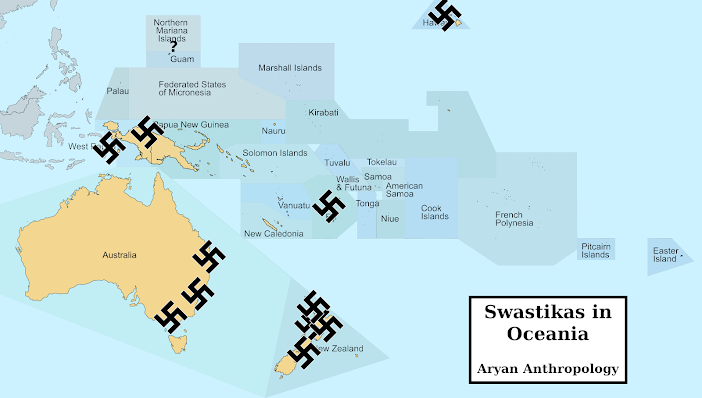




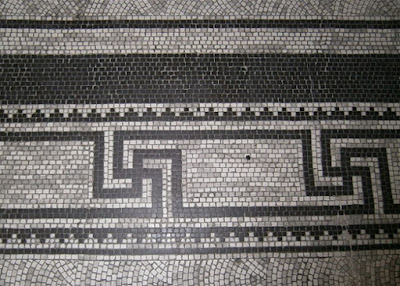

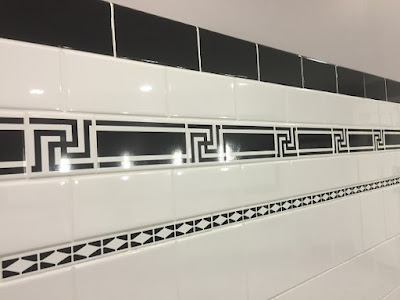

_1.png)
_2.png)